First Time In Tokyo, Japan — By Neighborhood
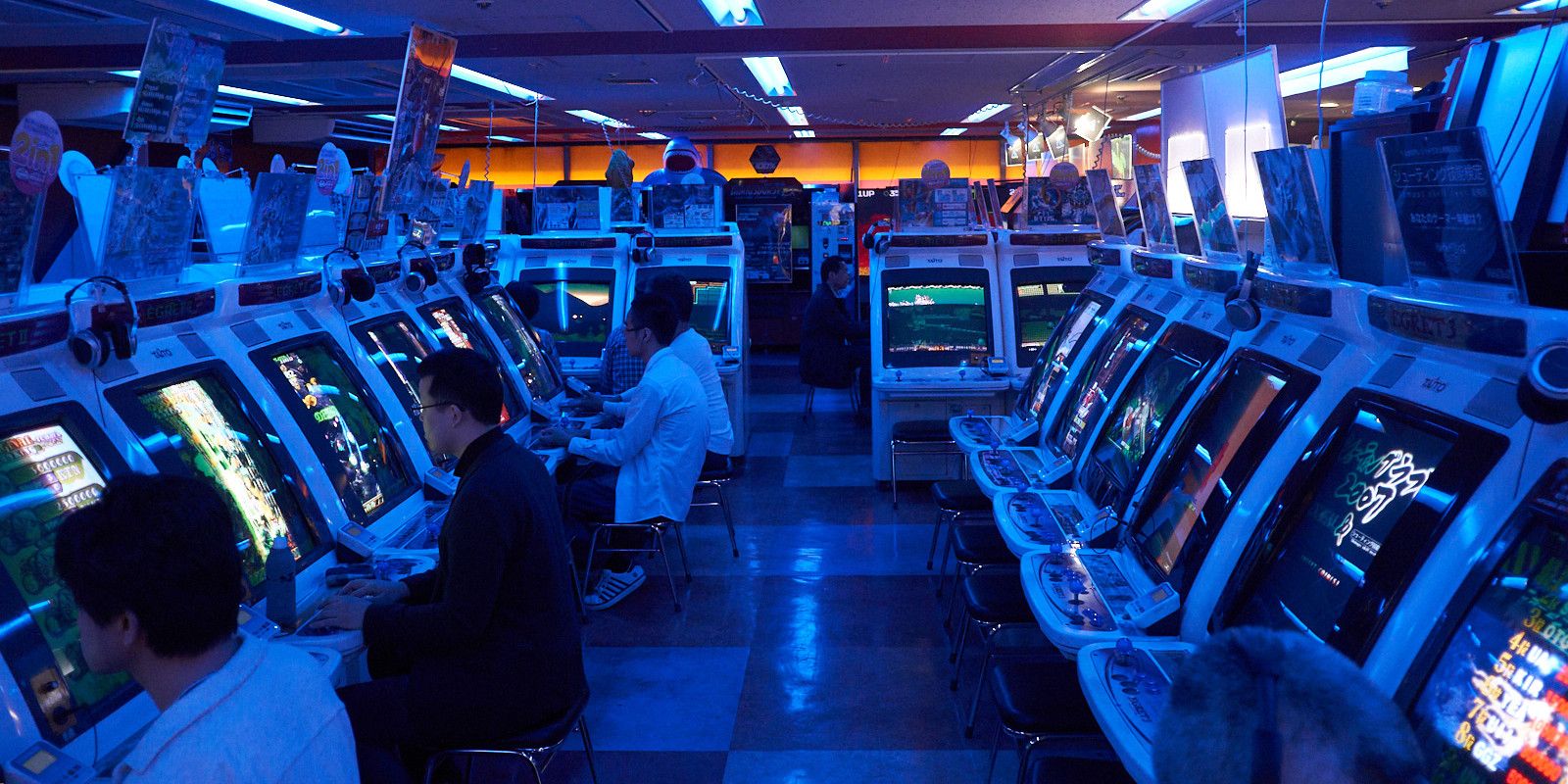
Japan has been at the top of my travel list for years and it was an amazing and some what cathartic experience for myself to finally visit. Tokyo specifically has been enticing me since I was a kid and first learned about Japanese culture – culture that at first glance seems to be about as different from America as you can get. Once you get closer though, you realize that in addition to the excitement that lies in the differences, you see there is a part of the culture that feels very familiar. American influences after World War 2.
While Tokyo does have its own cohesive image and personality, what makes the city so unique are the different wards and neighborhoods that each contribute to the whole idea of Tokyo. Some larger and more well-known wards such as Shibuya and Shinjuku tout skyscrapers and purvey the westerner's idea of Tokyo, while smaller neighborhoods like Shimokitazawa and Koenji contribute some counterculture and originality most may not know exists.
Asakusa
Asakusa is one of Tokyo's oldest district, generally known as the red light district made popular during war times.
Sensoji [浅草寺] is Tokyo's oldest temple, and located in the heart of Asakusa. Another clusterfuck, but well worth the visit and experience. The Kaminarimon is the gate you first enter, with the very capitalist Nakamise shopping street prefacing the actual temple itself. It's not just typical tourist junk for sale (although there is some).
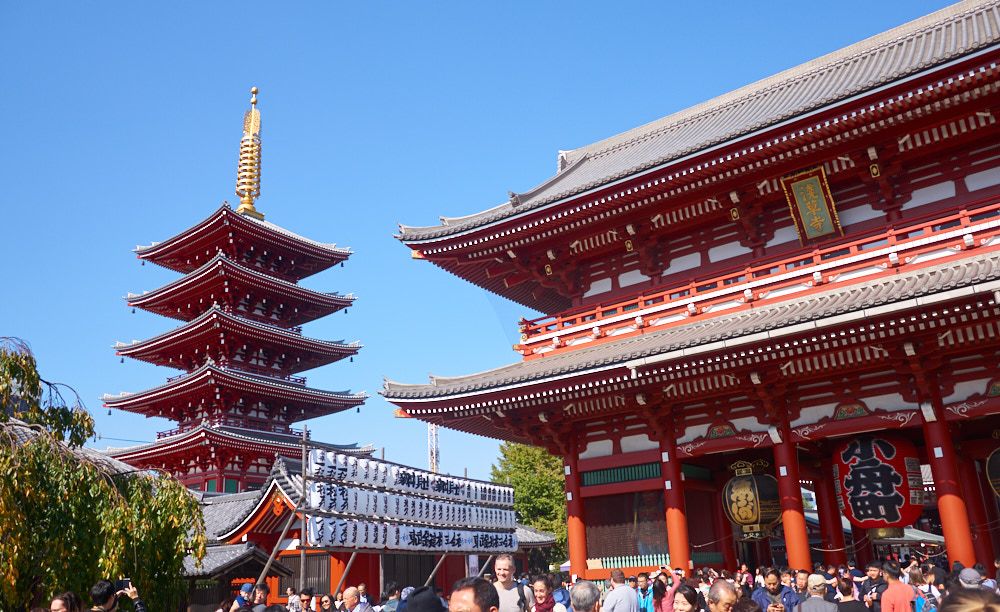
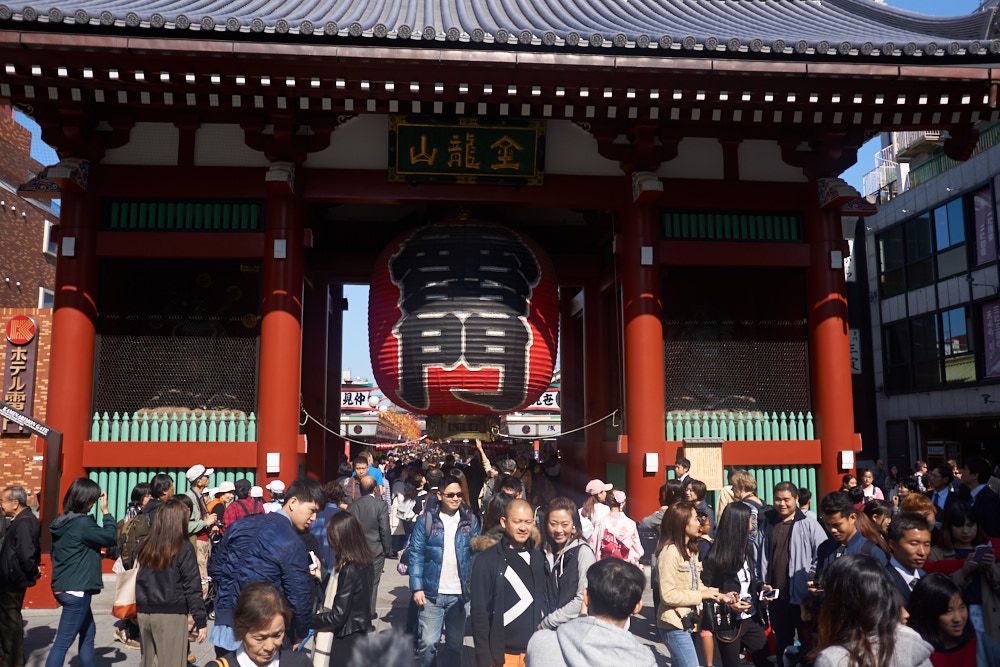

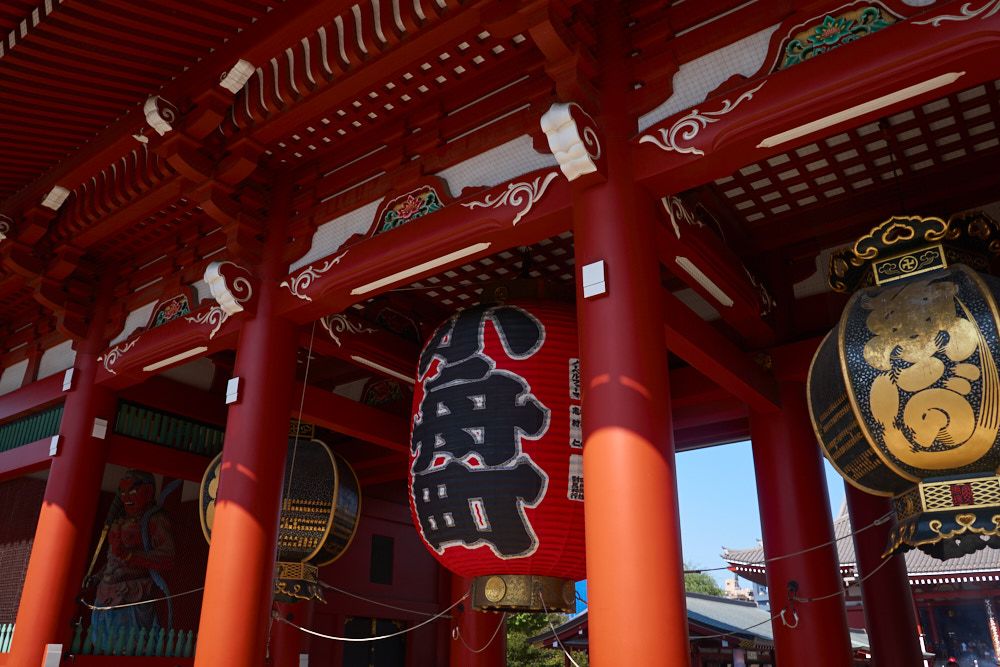

The Tokyo Skytree is Asakusa's other main attraction. Being the worlds second tallest structure (and I think the first tallest "tower") behind the Burj Khalifa, you get a damn good view of the city. A regular ticket costs around ¥3000 to get up to the 350th floor. Great view of Tokyo and a glass floor that's a lot more interesting than the shit at Chicago's Willis Tower. The lone thing I wish we could've done in the area was drink at the nearby Asahi brewery, one of Japan's biggest.
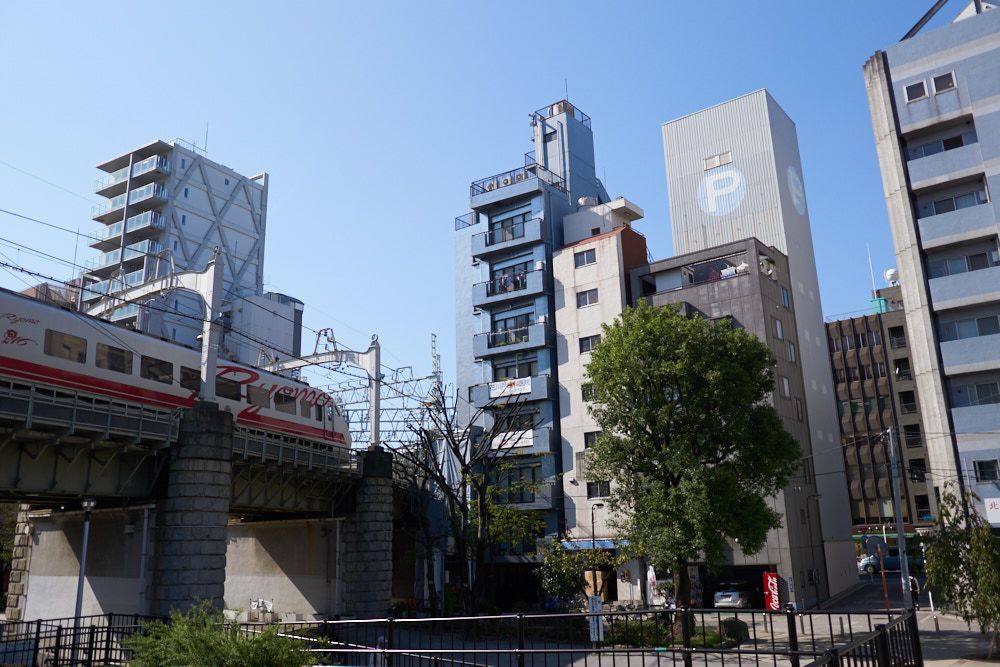
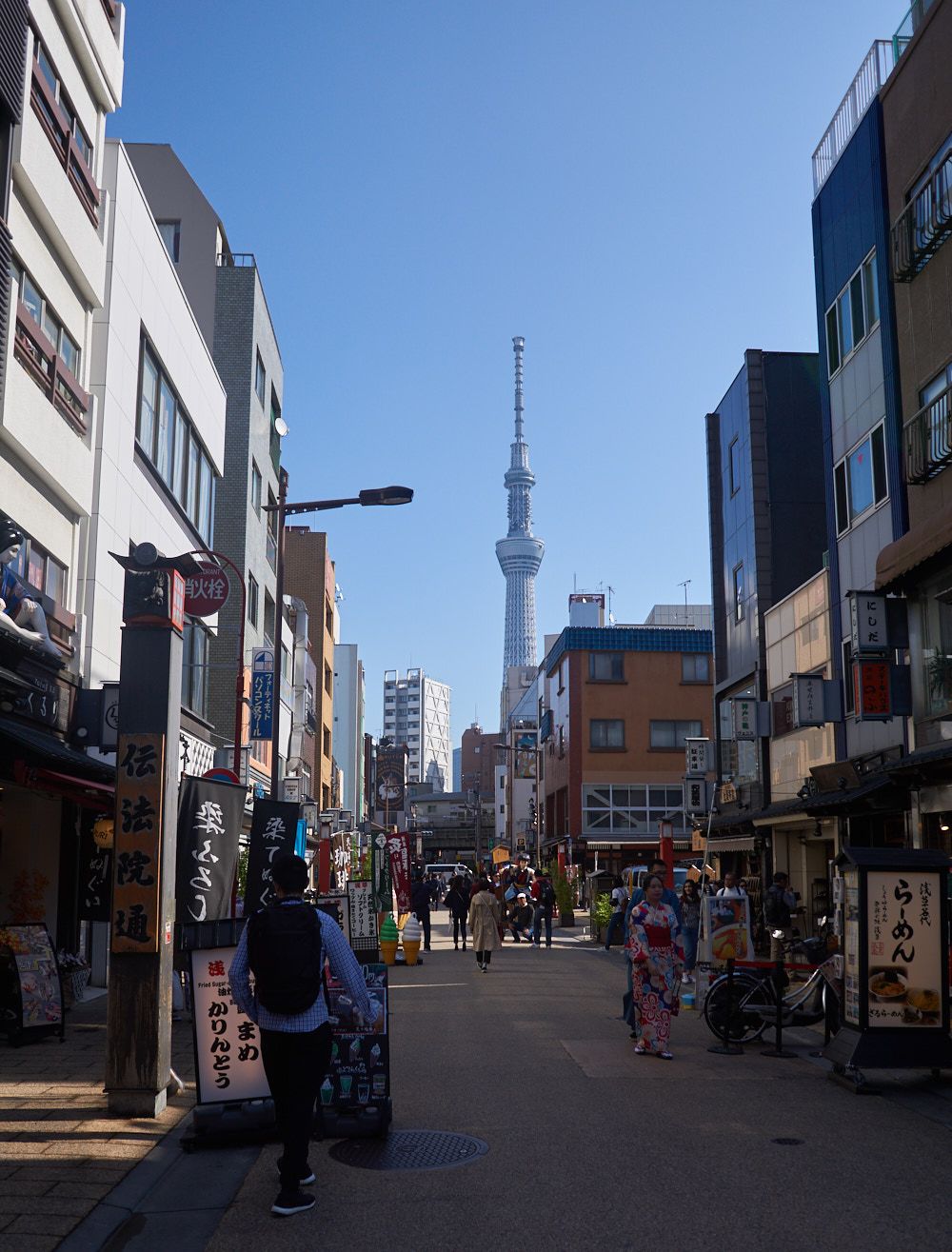
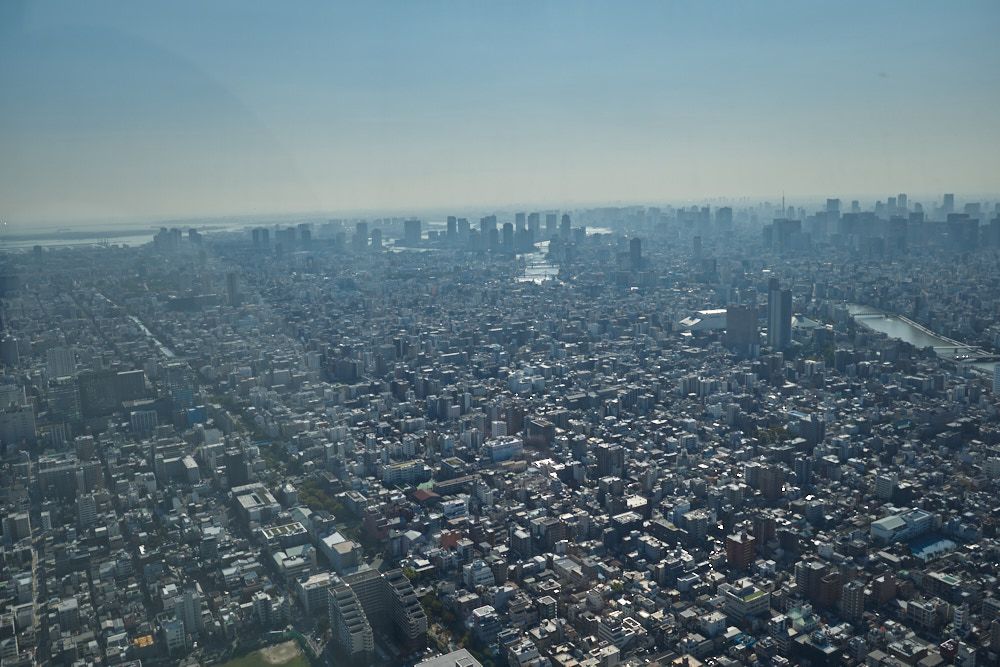
Asakusa is for sure a more chill part of Tokyo. Senso-ji is still a shit show, but definitely one of the lesser traveled places we went to while we were in Tokyo.
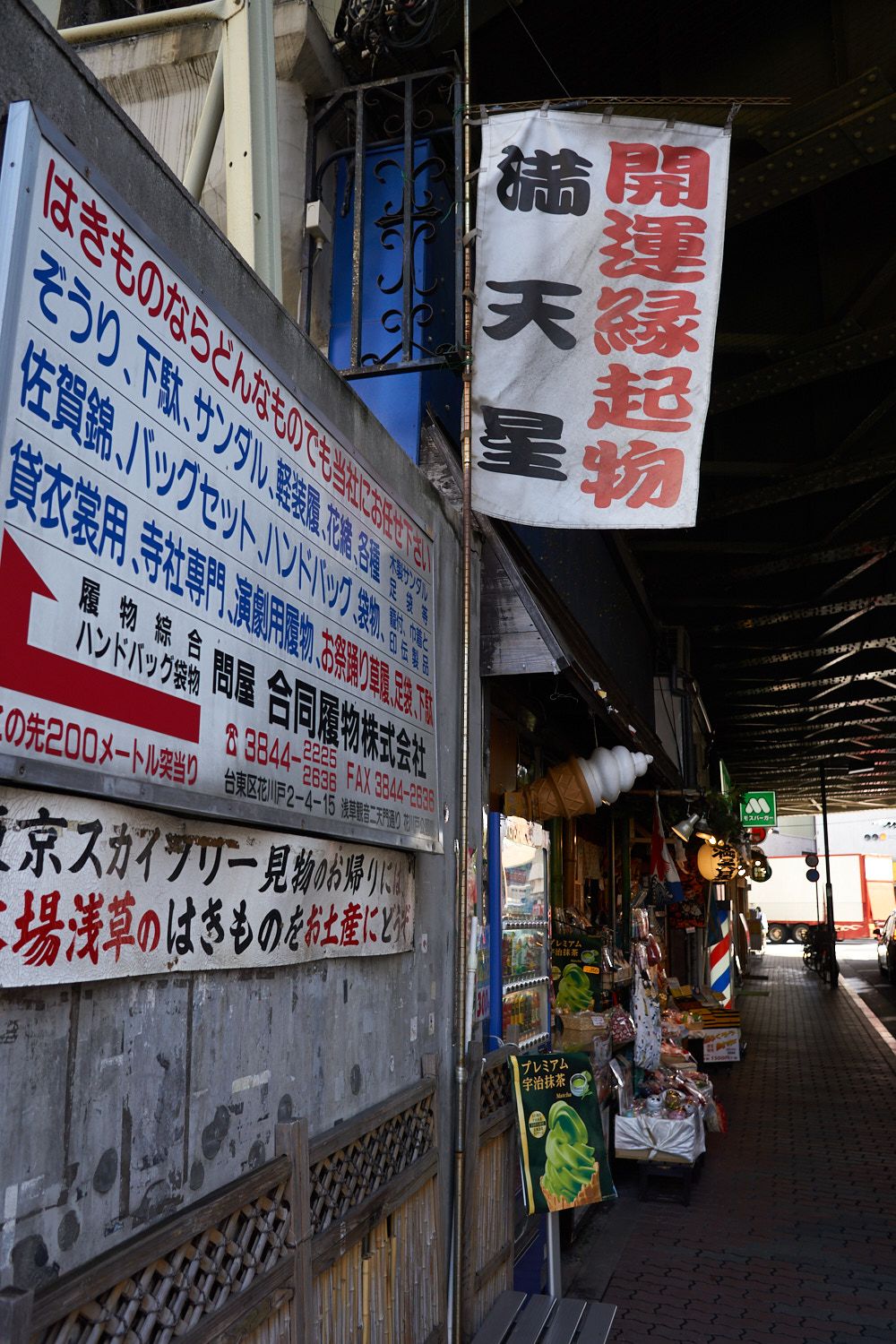
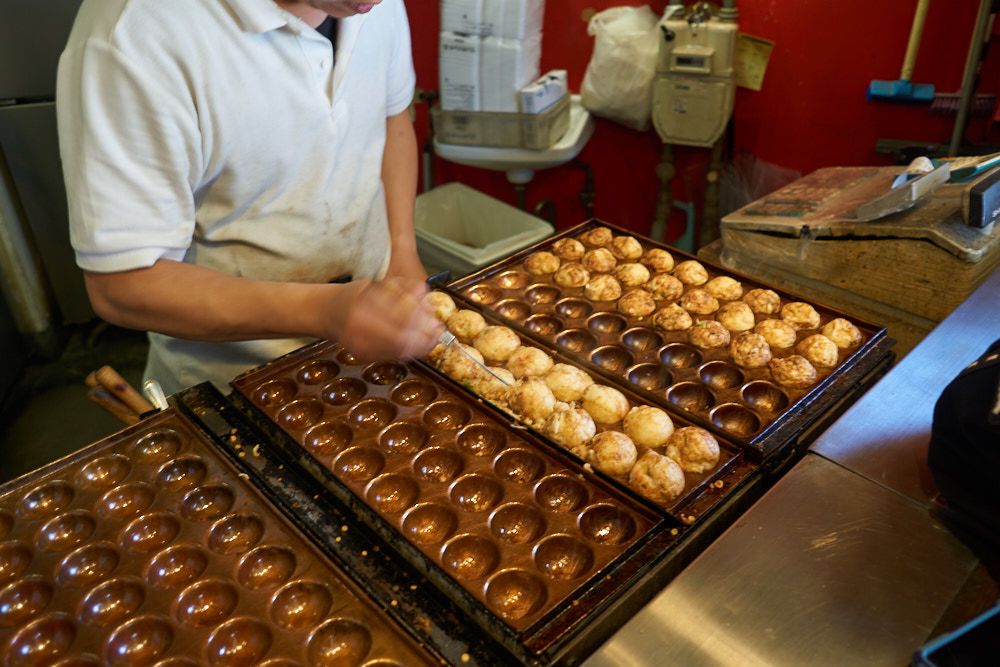
Akihabara
Like other parts of Tokyo and Japan, Akihabara is full of massive, multi-level stores that seemingly carry everything — Don Quijote, Bic Camera, and Yodobashi Camera to name a few places. Grab anthing from candy, gunpla, slippers, video games, electronics obviously...you name it.

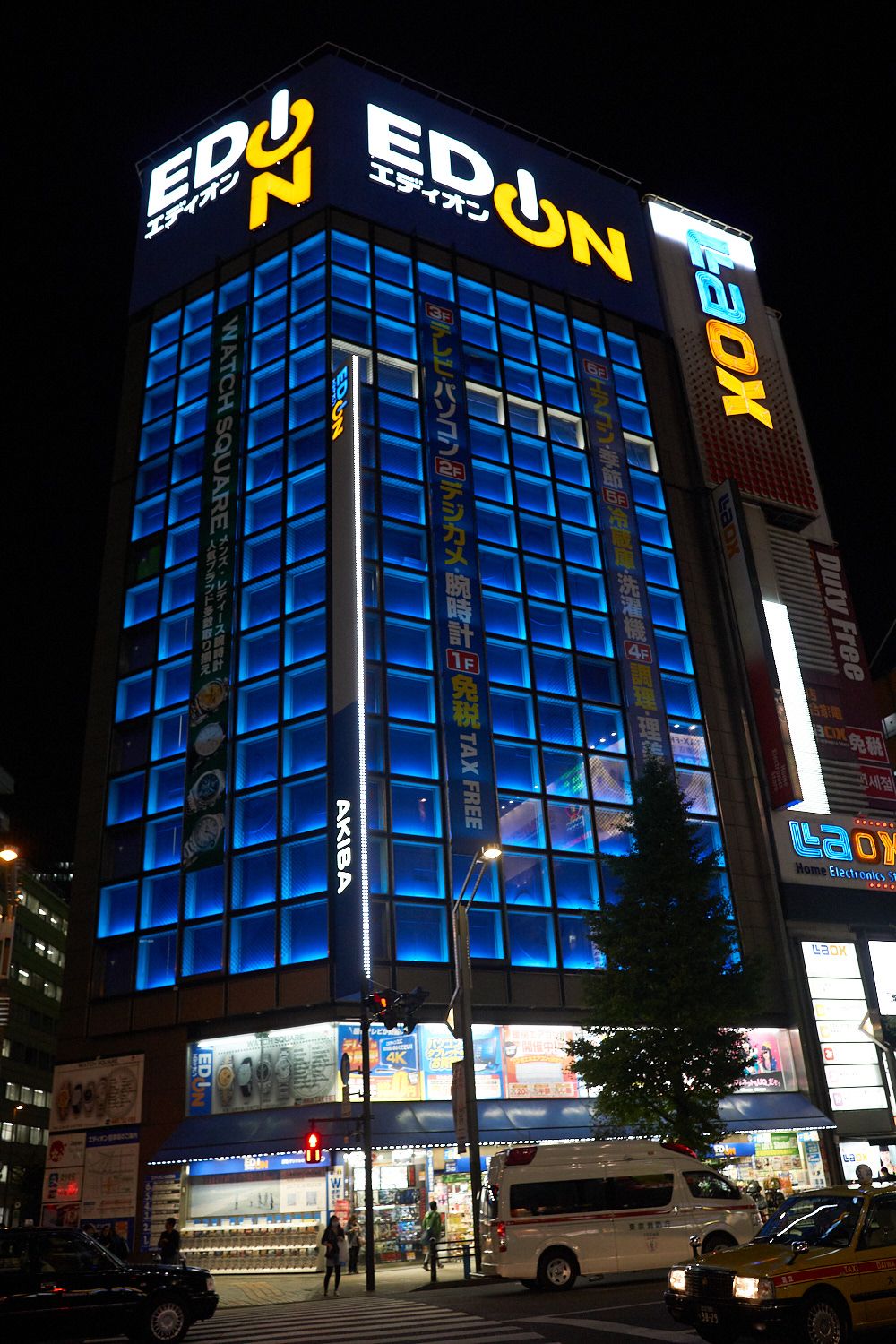
If you're into toys or collectables, Akihabara is also where you want to spend a lot of time. The main branch of Mandarake, one of the largest hobby stores in Japan (and online), is located in the heart of Akiba. Lots of other popular toy stores as well as the larger department stores often carrying them. Even if you don't actively collect, if you have a hint of nerd in your blood you will appreciate Akiba's representation of collectables and gaming — especially vintage games.
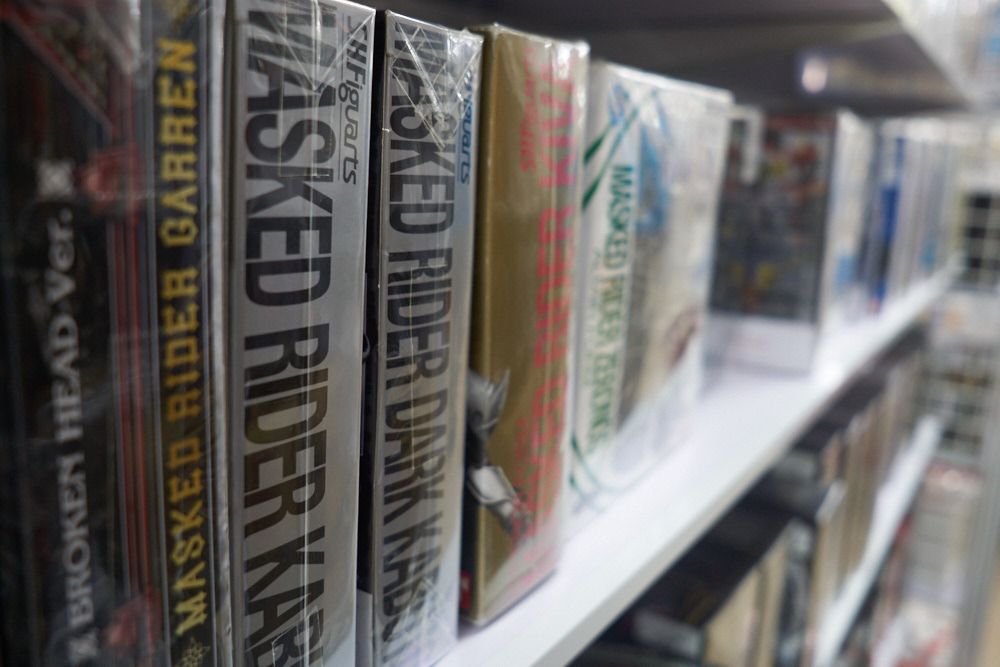

Akihabara is also known for its arcades and pachinko parlors. And do they fucking love pachinko. I strolled through Akiba one morning to get some last-second souvenirs, and people were lined up around the block at almost every single pachinko parlor, arcade, and toy store in anticipation of opening. Not a fan of the pachinko, as it's all in Japanese and due to smoking laws, reeks of cigarettes. Old dudes just sit in there, chainsmoking and playing slots — all day.
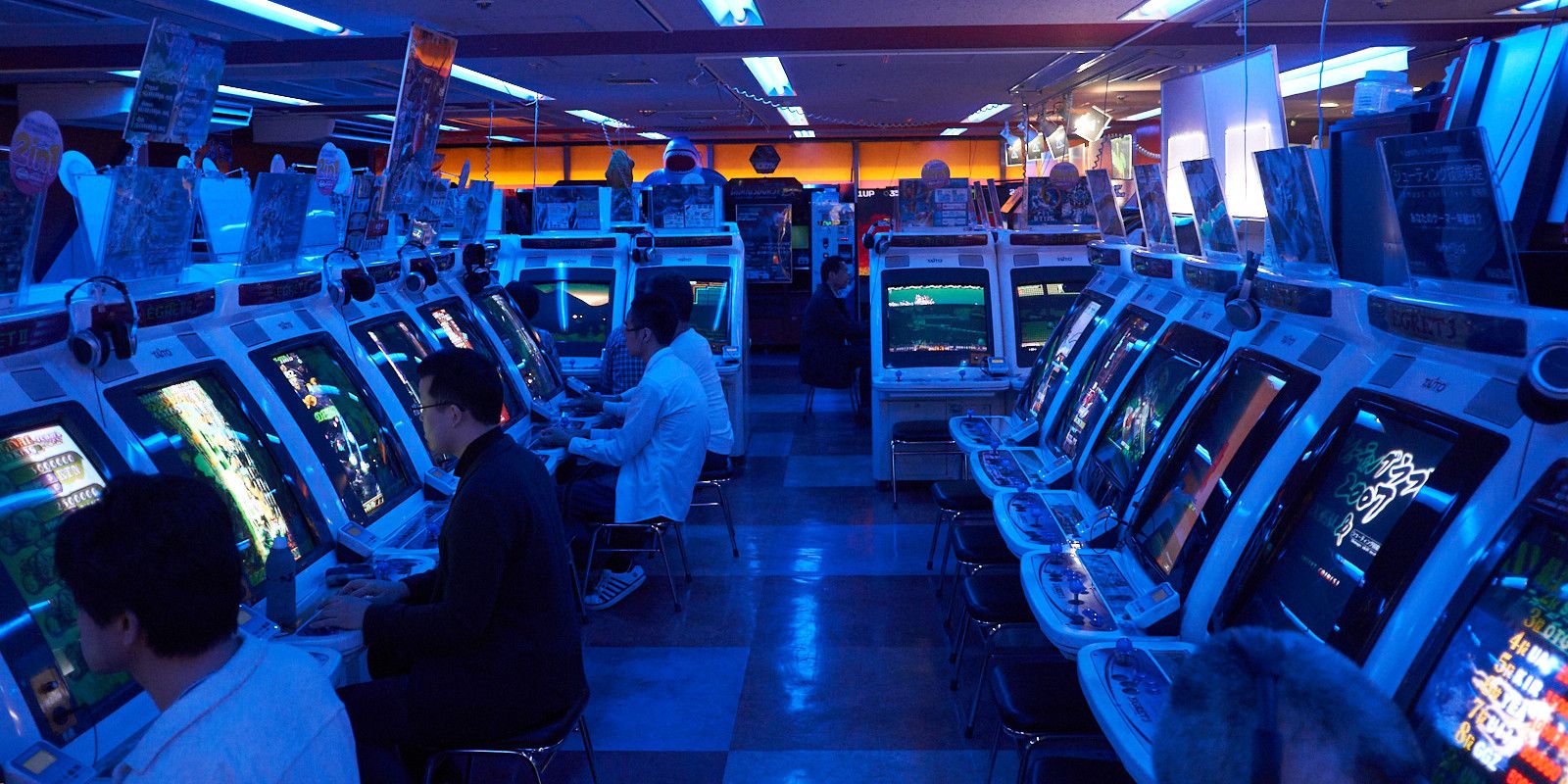
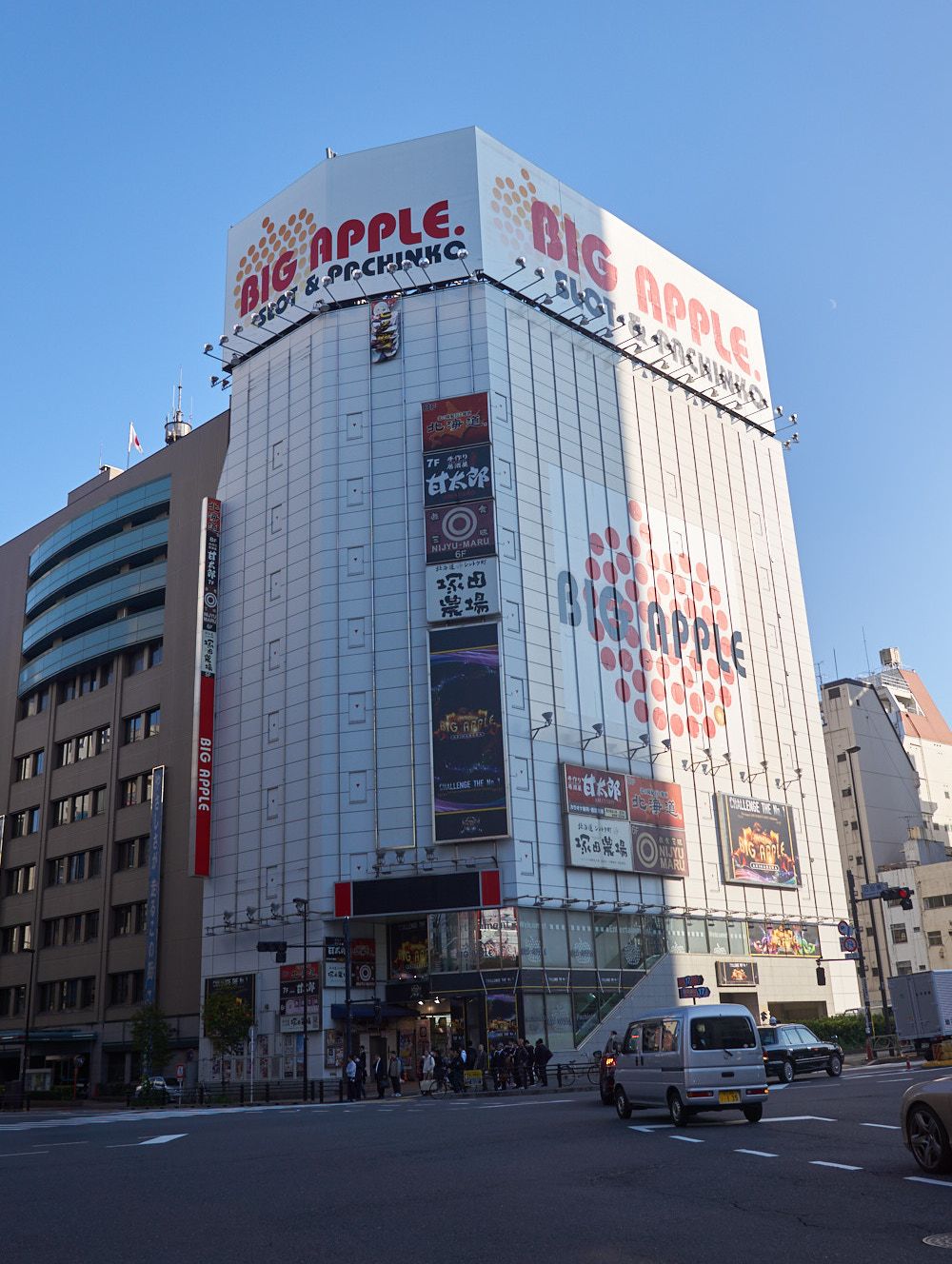

Surprisingly, as it's not an area known for its cuisine, Akihabara contains a taproom for one of, what I think, is Japan's most popular craft breweries, Hitachino Nest. Beer overall is expensive in Japan, with pints of microbrews seldom being under $10, but it's worth checking a couple smaller breweries, although we stuck to drinking Asahi and Kirin most of the time. Guzzling IPAs and Belgians clearly isn't a very frugal move in Japan.
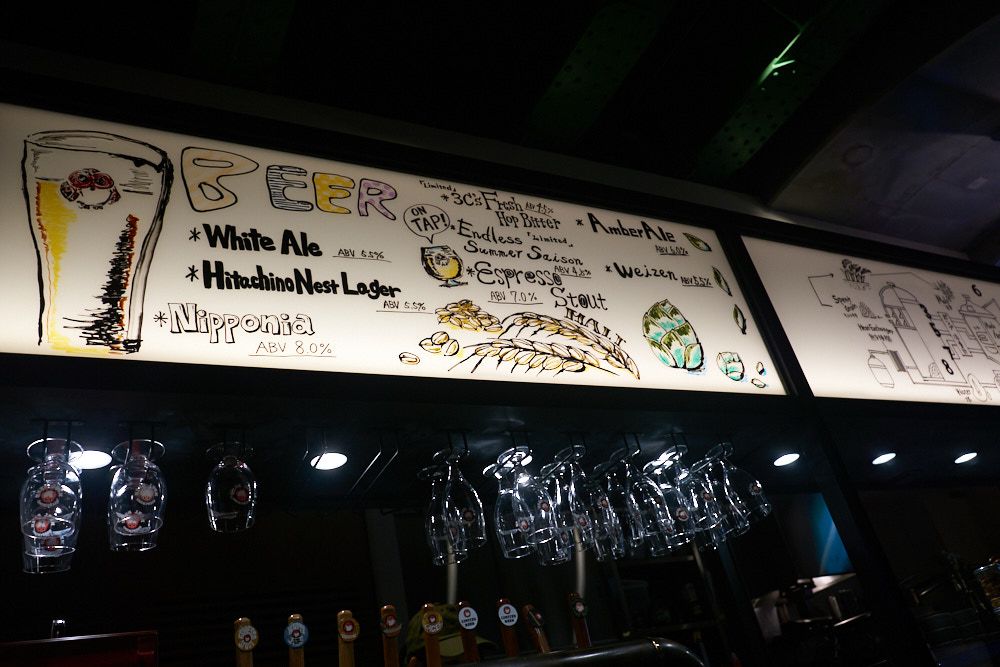
Shibuya & Harajuku
Shibuya is one of Tokyo's most commonly known wards to outsiders, as it's probbly Japan's mecca for retail stores. While fun and entertaining to see the diversity and allure of peak East Asian consumerism, unless you just have a reason to go drop a ton of money at Gucci or Maison Margiela, or happen to be in the market for a new $500 North Face while on vacation, most of Shibuya won't be for you. Now I'm not saying don't go here, because it's an important section of Tokyo to see, but Shibuya just didn't suck us in like other parts of Japan did. We walked around and checked out the standard shops and malls, but again, unless you're in the market for something specific you won't need to spend a ton of time here just wandering around.
The Meiji Shrine is definitely a must-see in Shibuya. One of Tokyo's most popular shrines, the Meiji shrine honors the transition from the Edo period into the more future-forward and flourishing Meiji period.
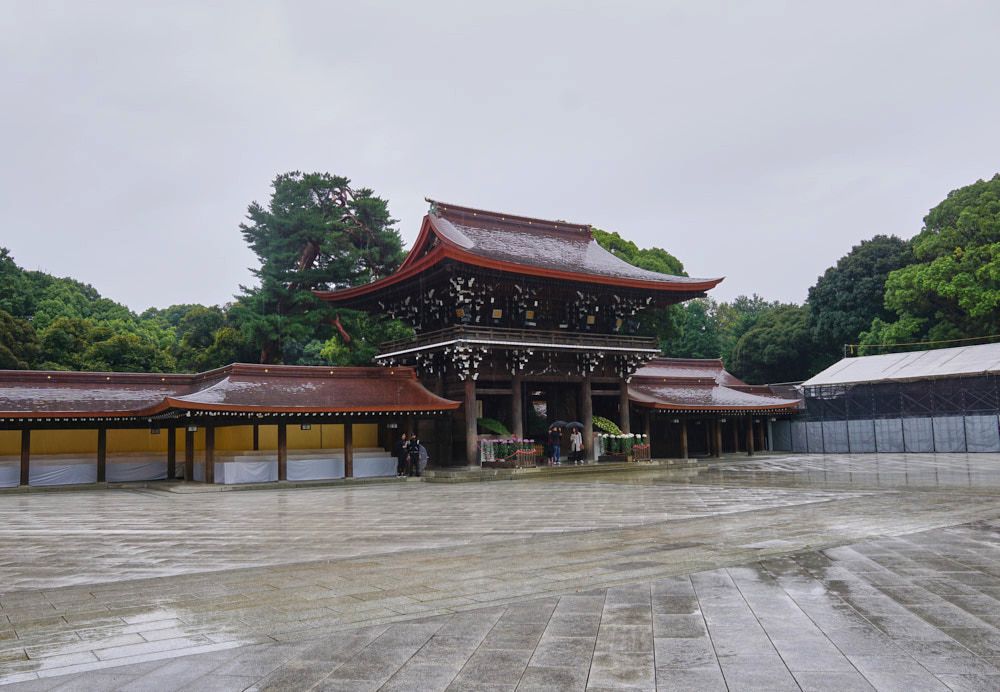
Votive tablets can be purchased for ¥500 near the main shrine. These tablets are around some of the more popular shrines in Japan (surprise, capitalism is everywhere), and are meant to have a prayer/wish written on them, and placed with the rest on the large rack.
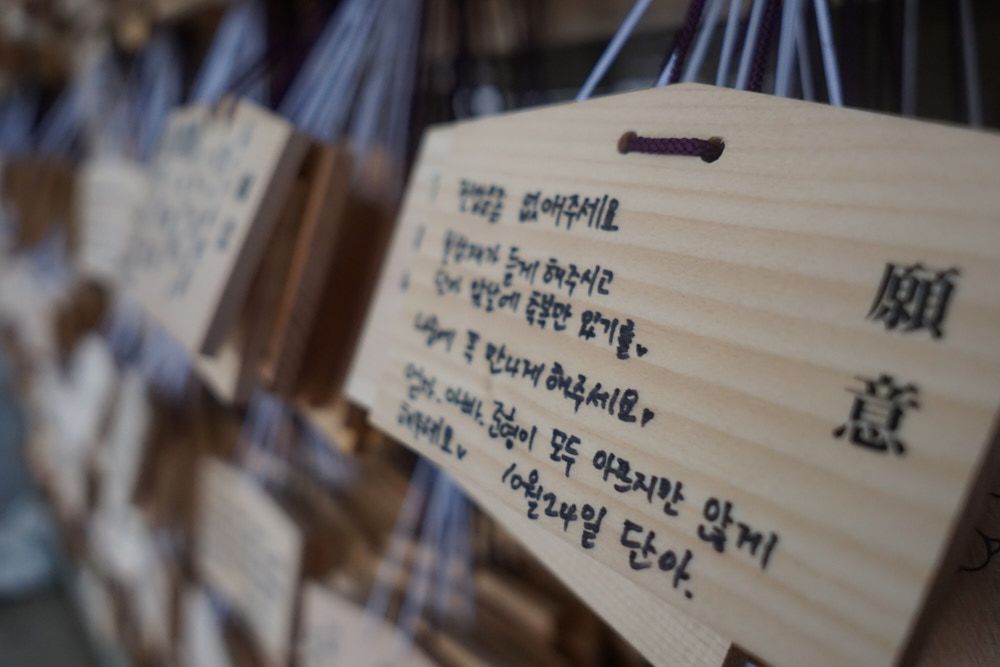
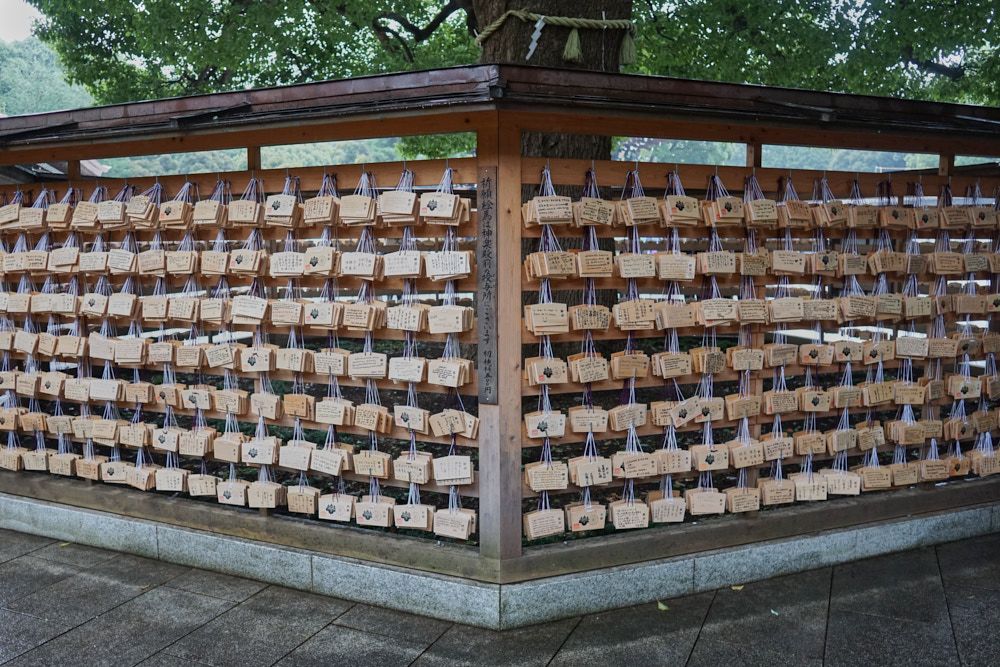
We had a nightcap in Shibuya at an awesome bar we found called JBS. Tucked away on the second floor of a building not too far from Shibuya Crossing. The owner has a massive vinly collection, mostly consisting of Jazz, Soul, and Blues (JBS). JBS' iconic bartender and owner serves up just two drinks — bottles of Yebisu beer and gin and tonics, both costing ¥500 a piece. Not unlike Bear Pond Espresso in Shiokitazawa, the owner of JBS is a very stern man with a reputation for conducting business on his own terms and just not giving a fuck. When a group of 3 or 4 fraternity looking, loud-ass motherfuckers walked in, he quickly pointed at the door and I assume sternly told them in Japanese to leave. Anything that fucks with the chill, shut-up-and-listen vibe of JBS isn't tolerated.
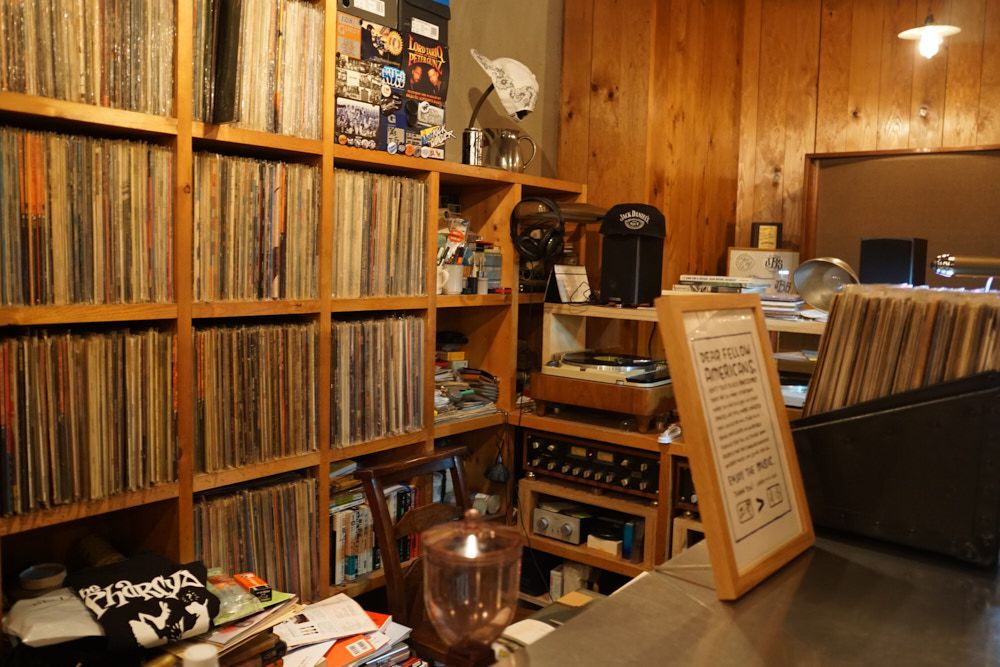
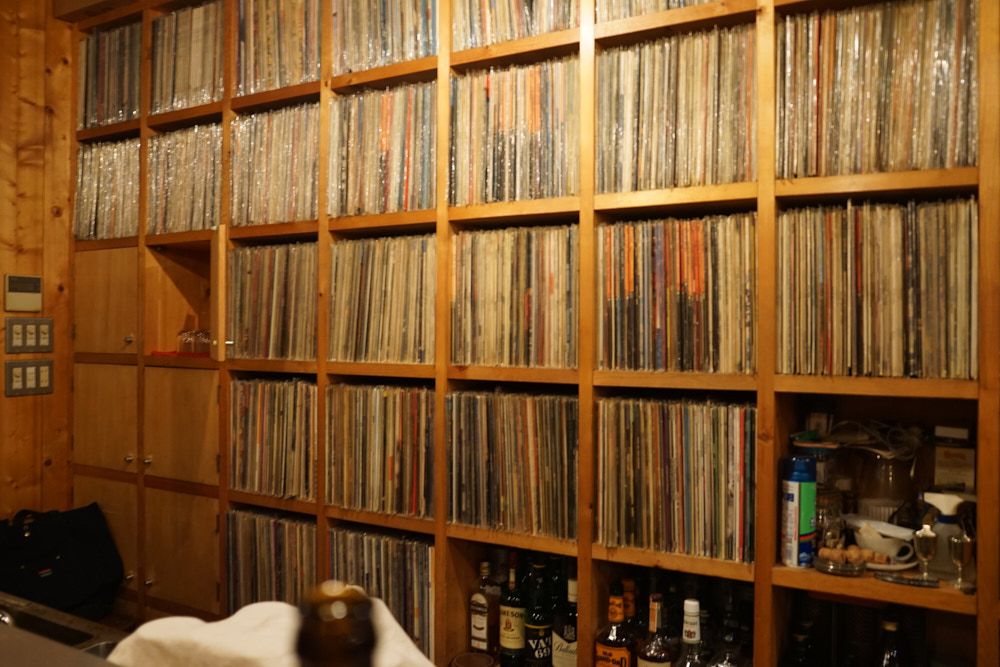
Harajuku is pretty similar to Shibuya &emdash; we even unknowingly entered into Harajuku from Shibuya while walking. Harajuku is specifically known for its fashion, and the often outlandish representation that goes along with it. Takeshita Street is the main pathway in Harajuku, giving off somehwat of a "spring breaky vibe". If you've ever been to a touristy beach town in Florida you know what I'm talking about. It wasn't all shit, of course. Quality clothing and cosplay stores are still plentiful, as well as a great brewery, Baird Brewery right off the path. But beer anywhere in Japan is fucking expensive!
Shimokitazawa
Peep the full, detailed post on our time in Shimokitazawa →
Shinjuku
When we arrived to Shinjuku it was already dark out, and after exiting Shinjuku Station I realized why it was the busiest subway station in the world. It is absolutely as stunning as pictures make it out to be. Shinjuku at night is the epitome of Tokyo's reputation as such a neon lit city.
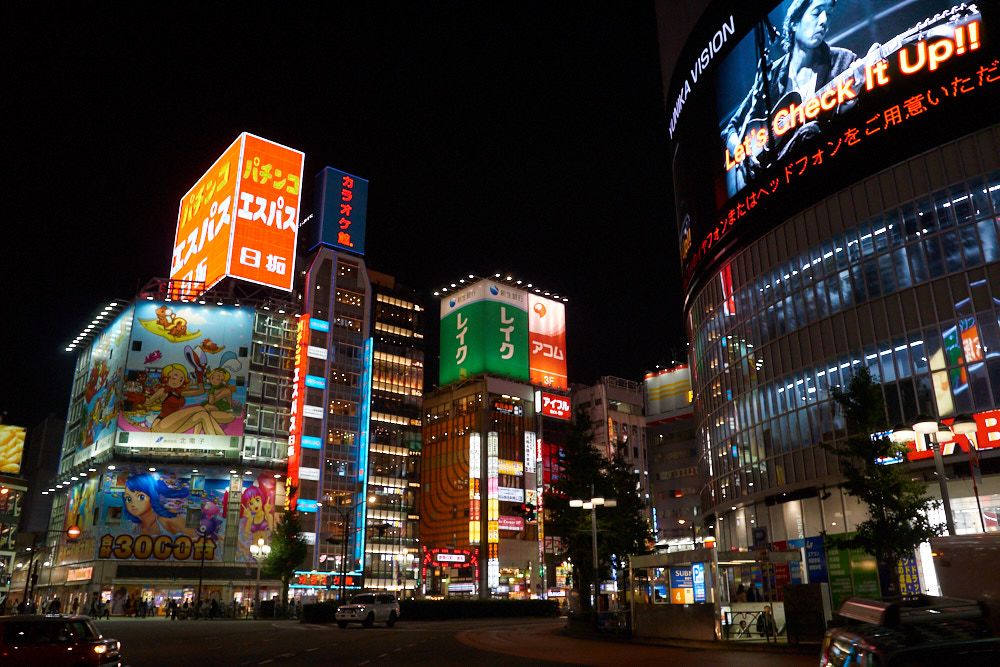
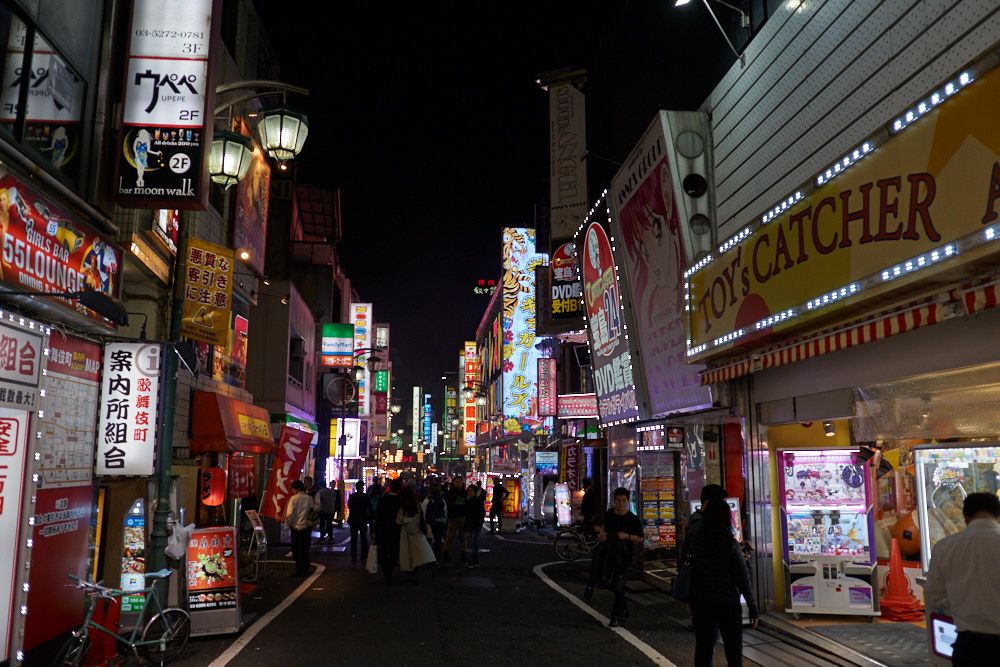
Yakitori Alley, also known as Piss Alley, is a strip of small restaurants not too far from Shinjuku Station. While you can guess the overall vibe from the name I'm sure, yakitori alley was an extremely packed clusterfuck — which honestly could probably be said about Shinjuku as a whole. Piss Alley was an interesting look into the older portion of Shinjuku, and while there isn't anything overtly specific or prominent about the area, it obviously carries a sense of pride behind it. This has to be one of Japan's busiest areas for food.
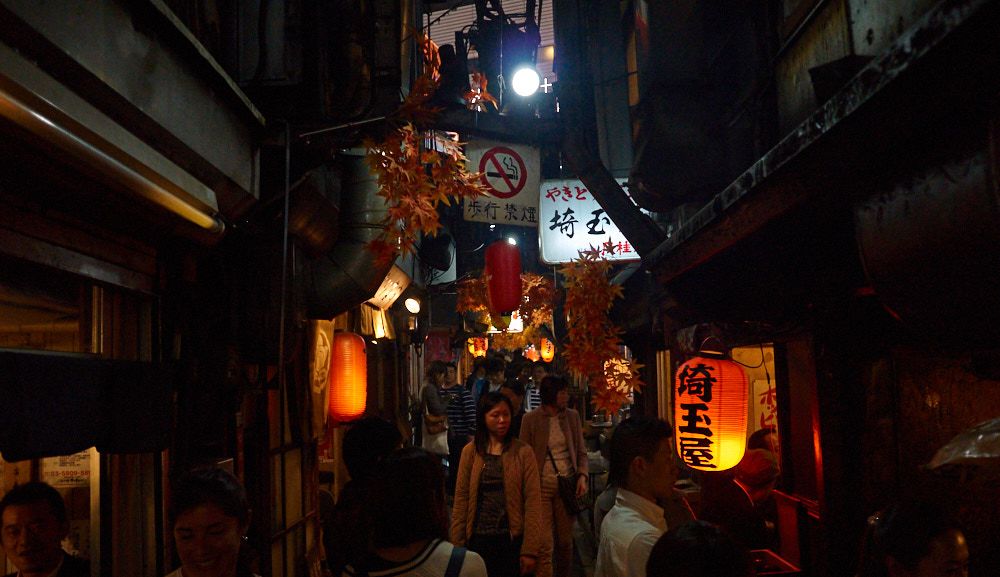
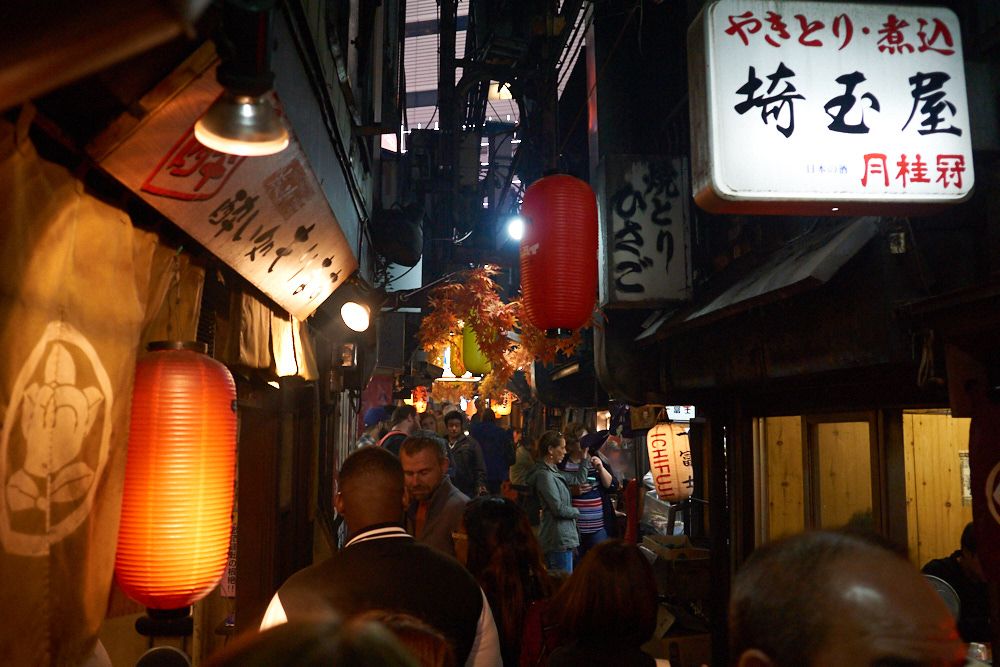
Even better than Yakitori Alley though, is Golden Gai. Golden Gai is a cluster of alleys that contains an absolutely astounding amount of bars and small restaurants. Every single one of these is very small, as they're packed tightly into small buildings, some with no more than 5 spots for customers. You want want to sit in one spot for too long but Golden Gai is a can't-miss spot in Shinjuku.
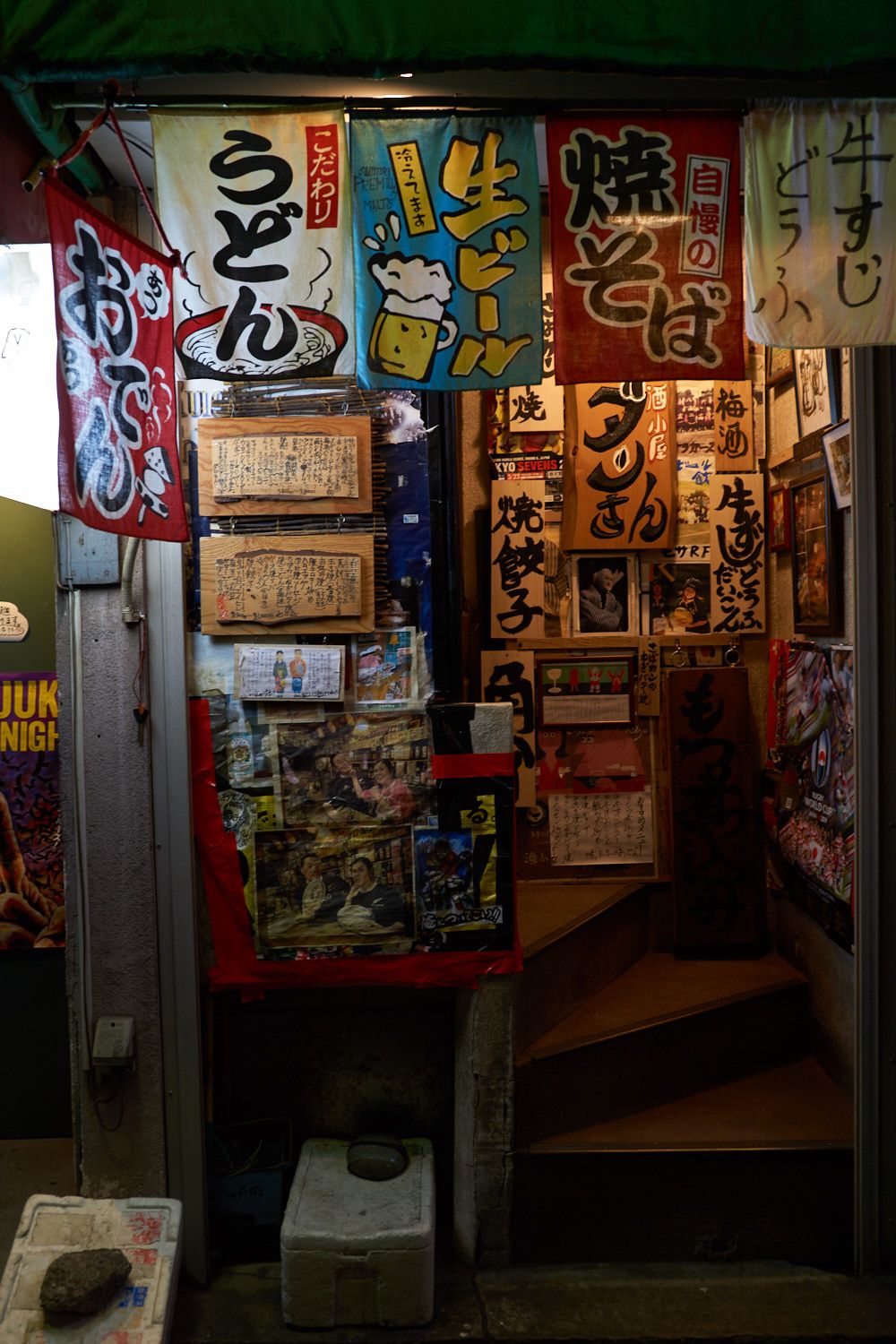
Not all bars allow non-Japanese, and most do charge a cover in between ¥500 - ¥1000 per person. A bit of a bummer, but we did manage to find one very good place that didn't charge a cover at all, there was just a 3 drink minimum per person — 3 highballs later and you're feeling quite cozy. There are a lot of options in Golden Gai, so make a lap or two then figure out where you want to take your first step into hangover land. (Don't forget your hangover remedies before you go out!)
What made Shinjuku so attractive to me was the diversity of what's around. It wasn't like Shibuya or Harajuku, which are both very shopping and consumerism driven, but instead an excellent balance of both new and old Tokyo. The skyline gives you one look into Shinjuku, while Golden Gai Yakitori Alley give you another.
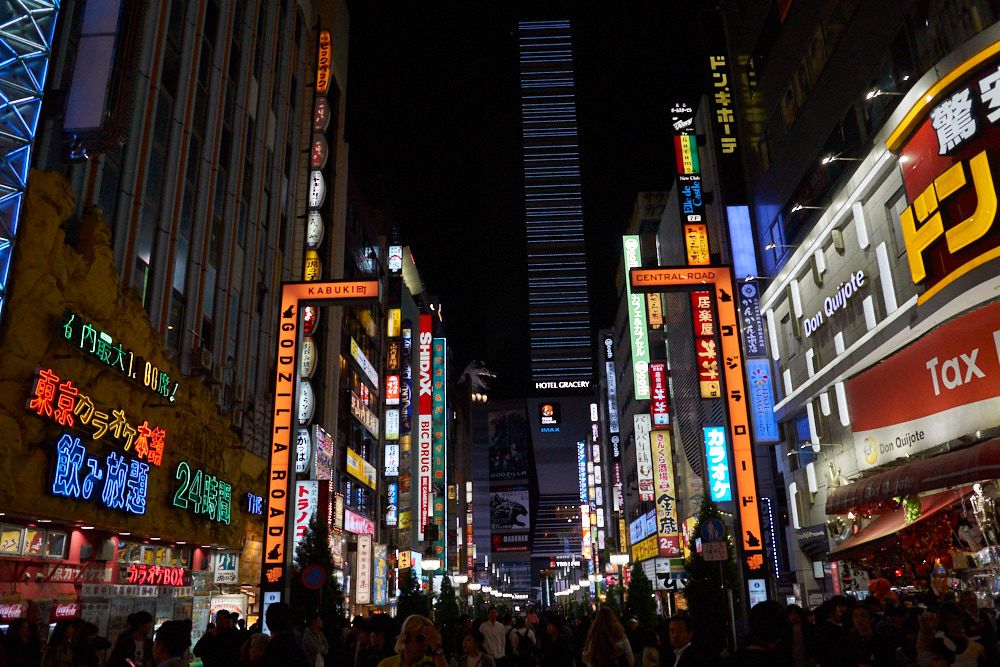
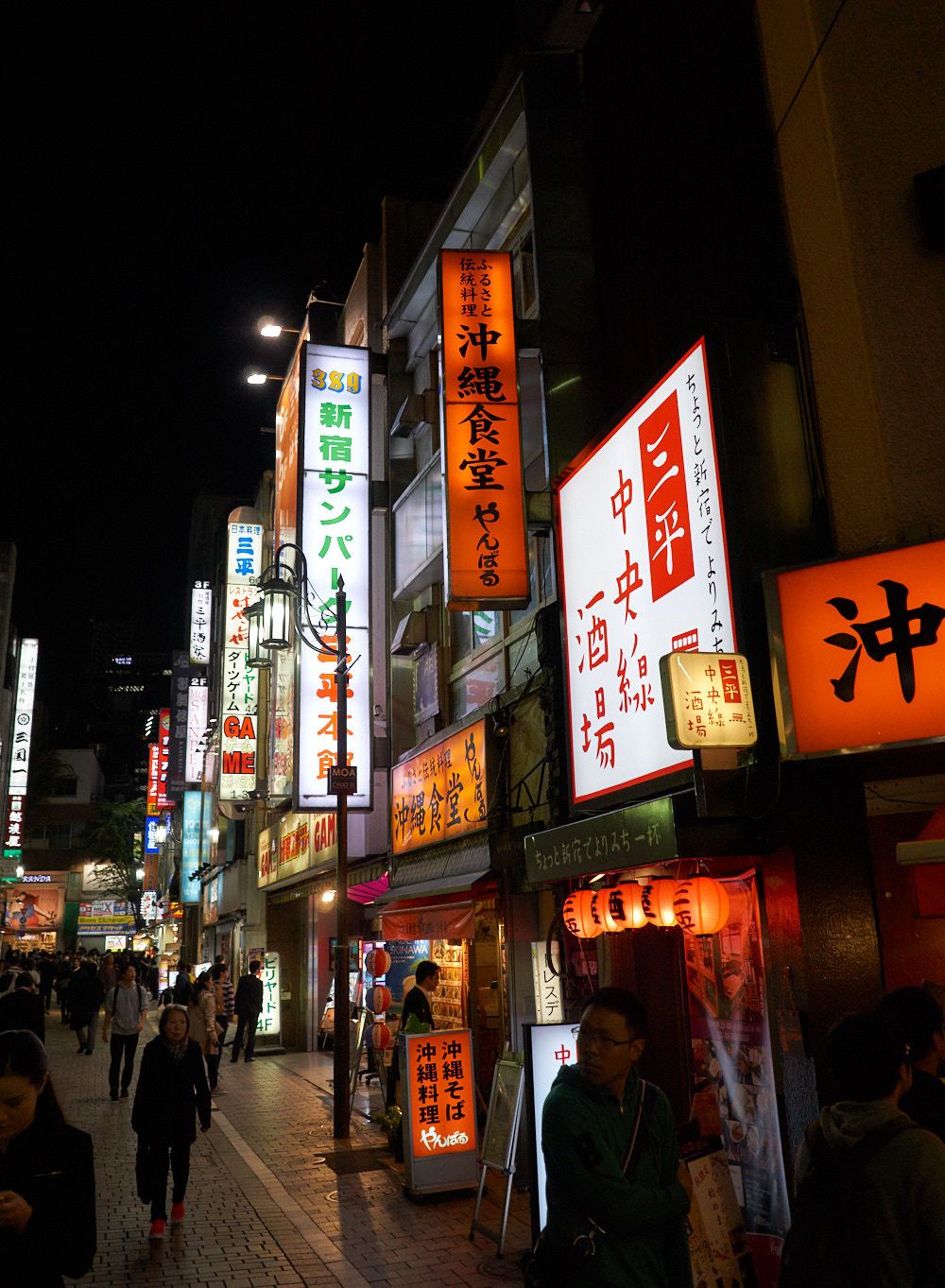
Of course this wasn't my full experience in Tokyo, check out the rest of the pictures for a closer look. The world's biggest metropolis can't be seen in 5 days, or blogged about probably ever. There are a ton of great resources online, and wandering around and keeping things spontaneous was often the best way to really find the city's best parts.